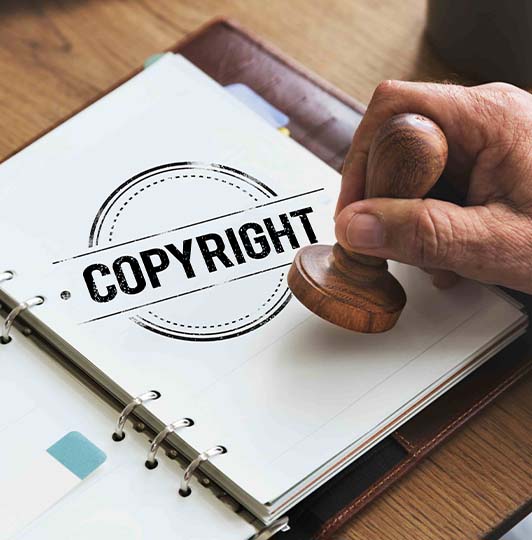Copyright
Copyright protects original works of authorship fixed in a tangible medium of expression. It grants creators exclusive rights to reproduce, distribute, display, perform, and create derivative works based on their original creations.
What Copyright Protects
-
Literary works (books, articles, poems)
-
Musical compositions and recordings
-
Artistic works (paintings, sculptures, photographs)
-
Dramatic works and choreography
-
Motion pictures and audiovisual works
-
Software and computer programs
-
Architectural works
Copyright Limitations
Copyright does not protect ideas, facts, systems, or methods of operation. It only protects the specific expression of ideas in a tangible form.

| Key Features | Rights Granted |
|---|---|
Protection: Exists from the moment of creation |
Reproduction Right: Control over copying the work |
| Duration: Typically life of author plus 50-70 years (varies by jurisdiction) | Distribution Right: Control over public distribution |
| No Registration Required: Though registration provides additional benefits | Derivative Works Right: Control over adaptations and modifications |
| Fair Use/Fair Dealing: Allows limited use for criticism, education, and research | Digital Transmission Right: Control over digital audio transmissions |